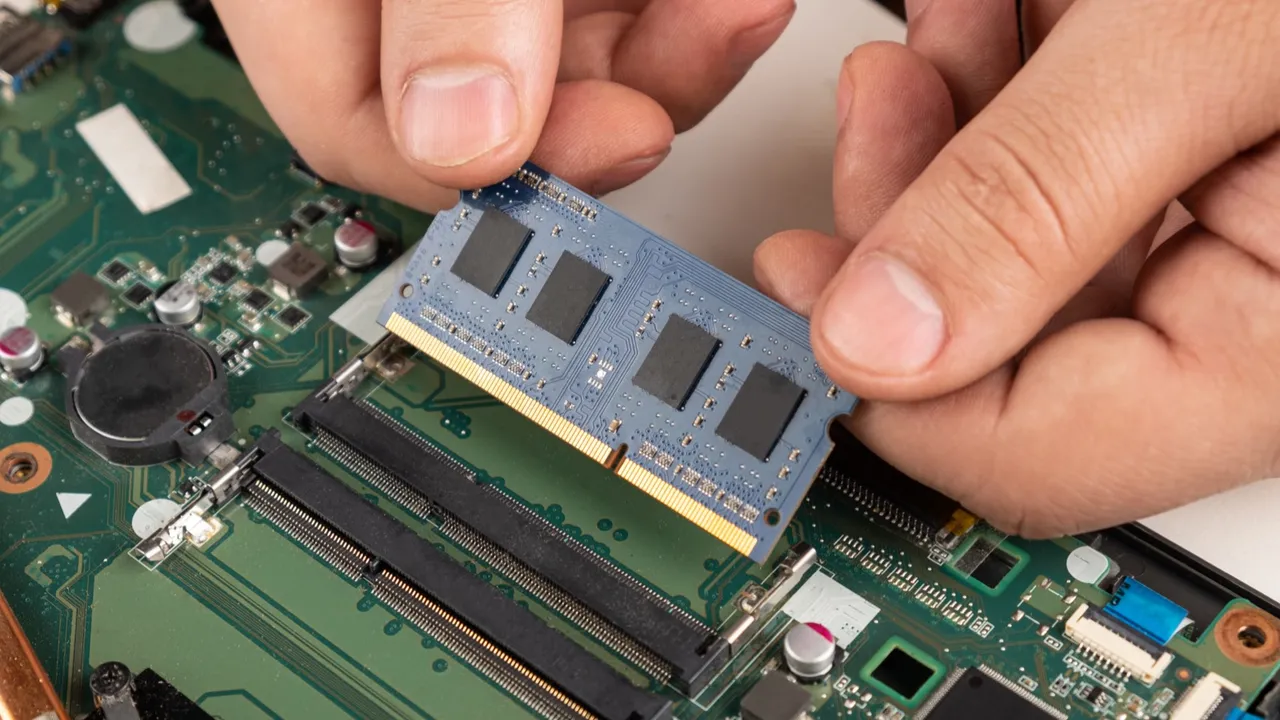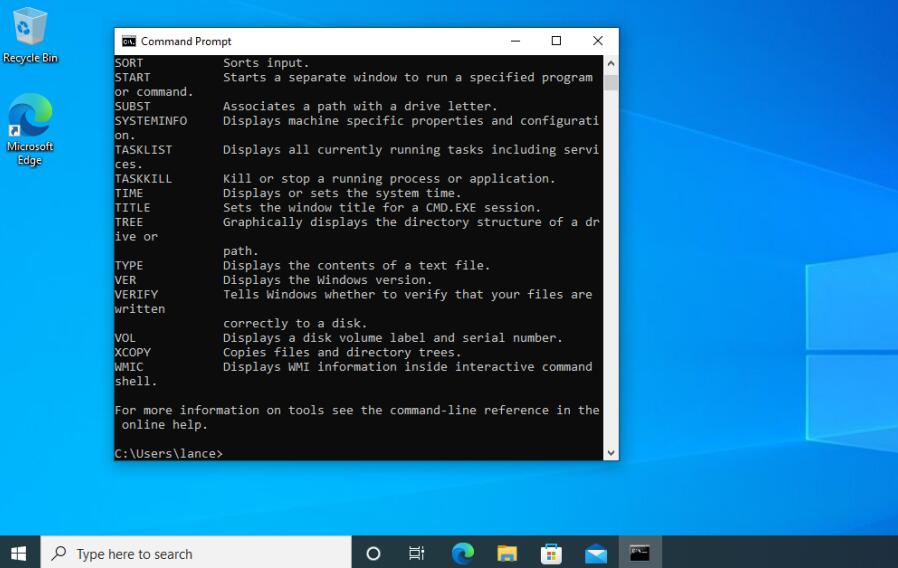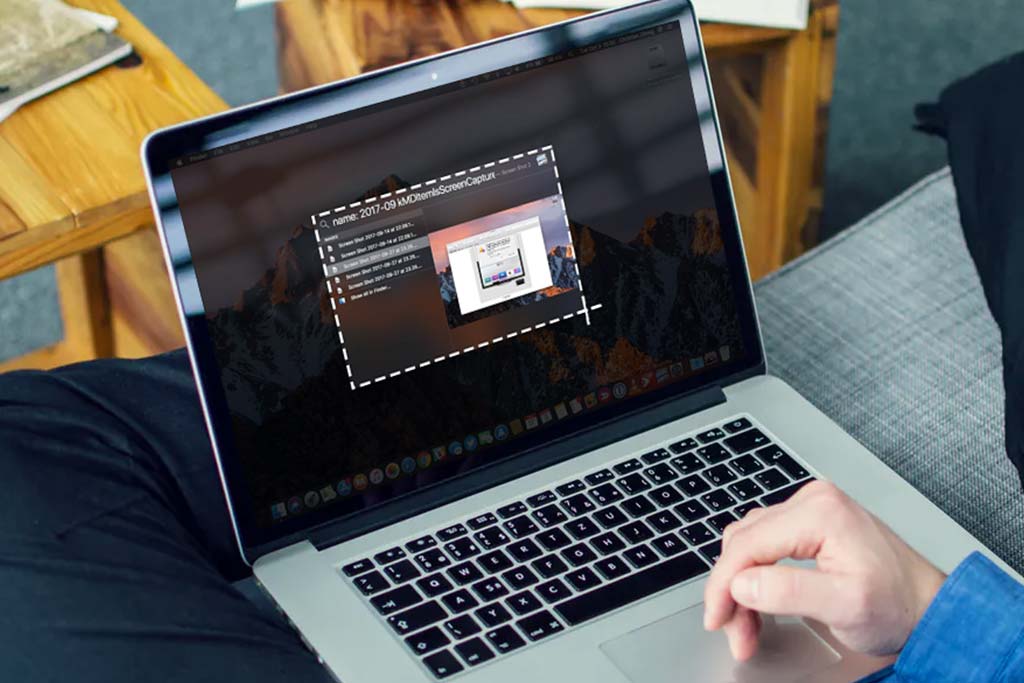Can I Add More RAM to My Laptop or Desktop?
Welcome to Blackview (Supply good but cheap mini PC and laptop) blog. Hope the guide helps.
Yes, you can add more RAM (Random Access Memory) to most laptops and desktop computers, but there are some important things to consider before doing so. Adding more RAM can improve the performance of your computer, especially if it's running slow or struggling with multiple tasks at once.

What happens if add more RAM to the computer?
Adding more RAM to your computer generally improves its ability to handle multiple tasks and run applications smoothly. With additional RAM, your computer can store more active data, reducing the need for slower hard drive or SSD access. This leads to faster performance, especially during multitasking, gaming, and using memory-intensive applications. While it doesn’t increase overall processing speed, more RAM reduces lag, allowing for a smoother, more efficient experience.
Here's a simple guide on how to do it and what to watch out for:
1. Check Compatibility
Before buying new RAM, you need to make sure it's compatible with your computer.
- Laptop or Desktop? Laptops and desktops often use different types of RAM. Laptops typically use SO-DIMM RAM, while desktops use DIMM RAM.
- RAM Type: Make sure the RAM type matches what your computer uses (e.g., DDR4, DDR5). You can check this in your computer’s manual or use system analysis software (like CPU-Z).
- Maximum RAM Capacity: Find out the maximum amount of RAM your system can support. Some laptops may have limits, while most desktops allow for more upgrades.
2. Check Available Slots
You need to check if there are empty RAM slots in your computer.
- On laptops, you may need to open the back panel to check how many slots are available and how many are occupied.
- On desktops, the RAM slots are usually easy to find inside the case, and it's often easier to add more.
3. Choose the Right RAM
Not all RAM is the same. You need to make sure you're buying the correct type of RAM that’s compatible with your computer. Always try to buy the same brand and type for better performance, but it’s not strictly necessary.
- DDR Type: Most modern computers use DDR4, but older ones may use DDR3. Check your computer or motherboard’s specifications to know which one you need.
- Speed: RAM speed is measured in MHz. Make sure to get RAM that matches or is close to the speed of your existing RAM for the best performance.
- Size: RAM sticks come in different sizes, like 4GB, 8GB, or 16GB. Choose the size that fits your needs and your computer's limit.
4. Install the RAM
Once you have the right RAM, you can install it.
- Laptop: Turn off the laptop (Skill: What's the shortcut key for shutdown laptop?), unplug it, and remove the battery if possible. Open the back panel, find the RAM slots, and carefully push the new RAM sticks into the empty slots.
- Desktop: Turn off the computer, unplug it, and open the case. Find the RAM slots on the motherboard and carefully insert the new RAM.
5. Turn On Your Computer
After installing the RAM, turn your computer back on. It should automatically recognize the new memory. You can check the total RAM by going to the system settings on your computer (right-click on "This PC" or "My Computer" and select "Properties").
Things to Watch Out For:
- Ground yourself: Touch a metal part of the computer case before installing RAM to avoid static electricity damage.
- Check compatibility: Double-check that your new RAM is compatible with your computer’s motherboard and old RAM.
- Use matched pairs: If possible, use identical RAM sticks (same size and speed) for the best performance.
Adding more RAM can make your computer faster and better at handling multiple tasks. Just follow these simple steps, and you’ll be all set!

-20240912100408197.jpg)



